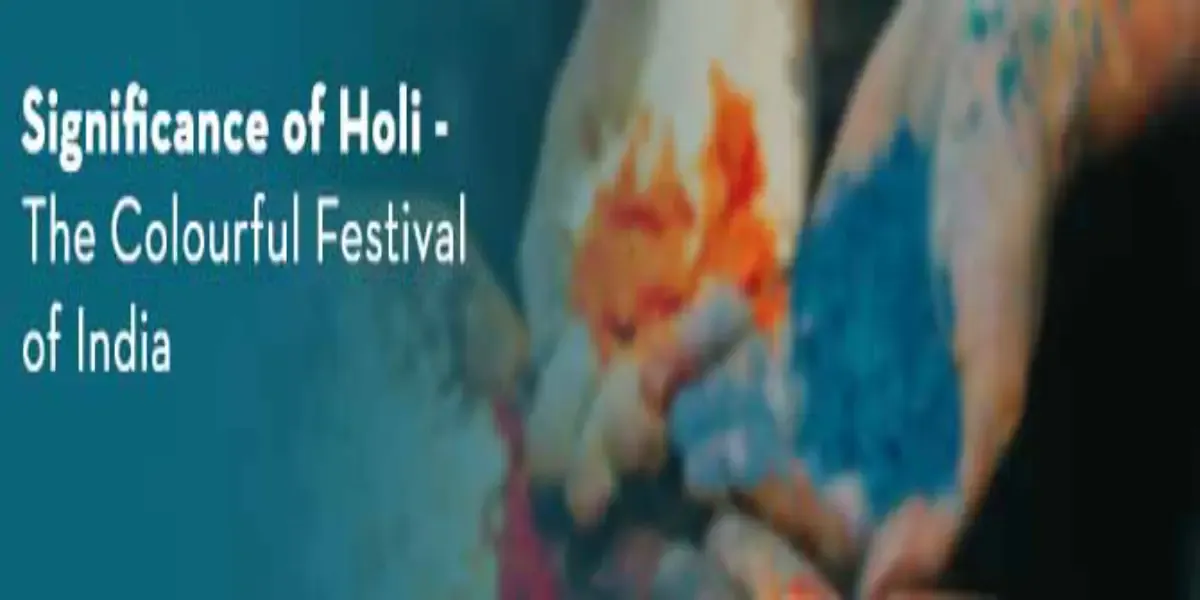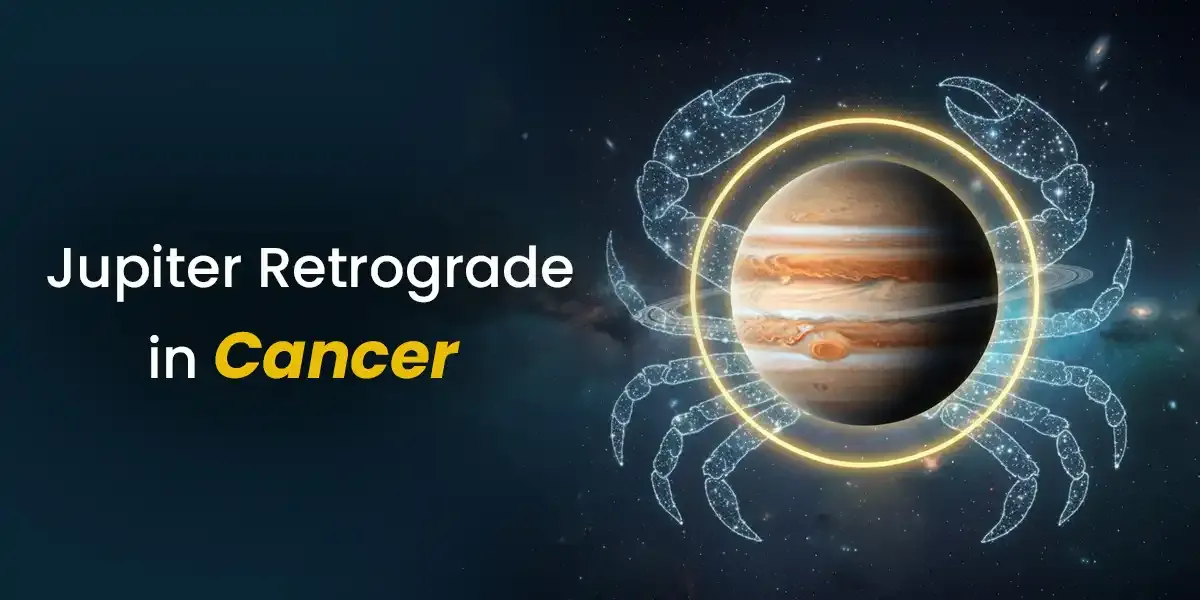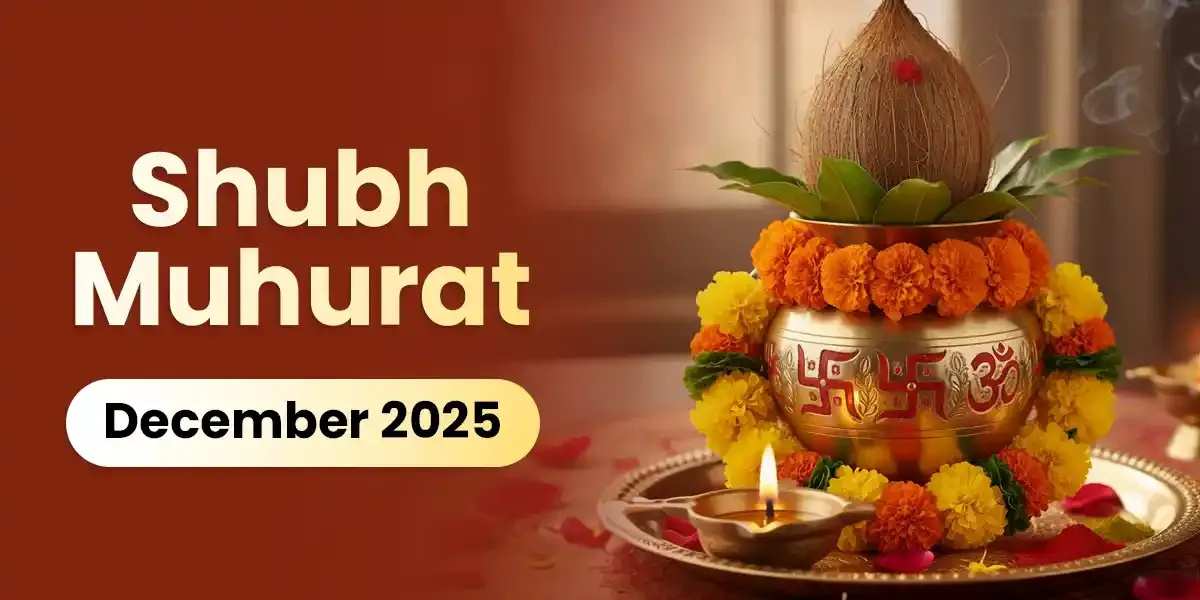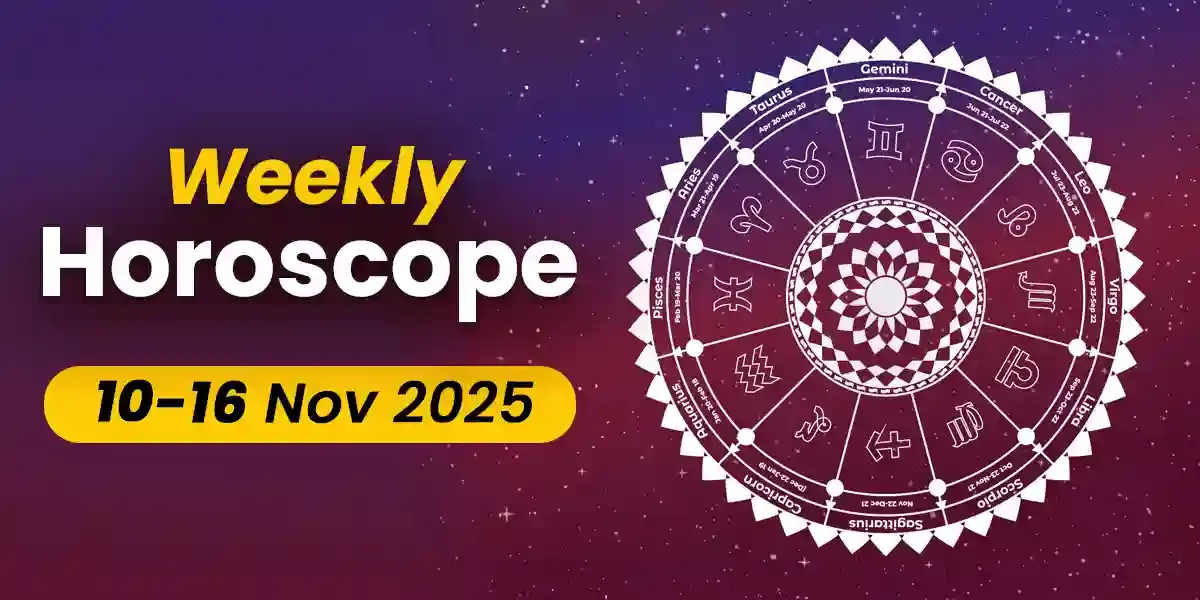
Holi, the festival of colors, is one of the most important Hindu festivals that marks the beginning of Spring. It starts on the evening of the Purnima(Full Moon Day), in the month of Phalguna, which corresponds to the February-March of the Gregorian calendar.
The evening of the Purnima is celebrated as Holika Dahan or Choti Holi and the following day is celebrated as Holi or Dhulandi. This year, Holika Dahan falls on 28th March (Sunday) and Holi on 29th March (Monday). Consult the best astrologers in India on Astroyogi. Click here to consult now!
The importance of Holi festival has many facets attached to it such as: Mythological Significance, Cultural Significance, and Social Significance.
Mythological Significance of Holi
There are a number of mythological stories that are associated with the significance of Holi festival. The most popular is the legend of Prahlad and Hiranyakashyap. Hiranyakashyap was a powerful demon king who wanted others to worship him like God. But his own son, Prahlad, was an ardent devotee of Lord Vishnu. Enraged by this, he tried to kill Prahlad by different means but could not succeed. Frustrated, he asked his sister ‘Holika' (who had a cloak which prevented her from being burnt in fire), to trick Prahlad into entering a bonfire with her.
Prahlad willingly entered the bonfire with ‘Holika'. And such was the grace of God on Prahlad that the cloak slipped from ‘Holika’s' shoulder onto Prahlad’s. Thus, ‘Holika' got burnt to death while Prahlad came out unscathed.
The ‘Holika' bonfire that is lit on Holika Dahan is the symbolic victory of good over evil.
Legend of Krishna
Lord Krishna, as a baby, had turned blue when he was fed poisoned milk by the she-demon, ‘Putna'. When Krishna grew up and saw that he was the odd one out with blue skin, he would keep pestering his mother, Yashoda, about it.
His lady love, Radha, was very fair. “Would she love him with this color?” That was the question that troubled him. Tired of his questions, one day, his mother, asked him to color Radha any color he wanted.
Krishna happily did so and since then on this day, which marks the day of Holi, people color others’ faces as a gesture of love. People also worship and then smear the deities of Radha and Krishna with colors.
Cultural Significance of Holi
The legend of Hiranyakashyap and Prahlad reassures the people of the victory of good over evil. It lays stress on the importance of devotion to God and of following a virtuous life.
This is also the time when the fields are in full bloom and the farmers come together to rejoice in anticipation of celebrating a good harvest. Thus, this festival is also called ‘Vasant Mahotsav’.
Holi Social Significance
Holi, as a festival, has rich social significance as it helps to strengthen the secular fabric of our country. The festival brings together people from different religions and socio-economic backgrounds. Enmity of any kind is put aside on this day and everyone hugs each other while applying colors. Holi, is thus a day to forgive and forget animosity.
Our in-house team of writers comprises of vibrant, like-minded, and curious souls who are passionate about helping people find joy and motivation through the magic of words. Our writers are keen on using their skills to make the study of divination sciences a guiding tool in people's lives. They hold expertise in writing on a myriad of topics related to Indian Astrology, Spirituality, Planetary Movements, Vastu Shastra, Numerology, and Tarot among several others. The Astroyogi team aims to write articles that can help the readers lead a life of peace and tranquility whilst enjoying the many ups and downs of life!



































